Cognitive Science Exam 2
1/131
There's no tags or description
Looks like no tags are added yet.
Name | Mastery | Learn | Test | Matching | Spaced |
|---|
No study sessions yet.
132 Terms
three practical questions
what can a neuron do?
what can a neuron know?
what can a neuron learn?
what can a neuron do?
compute a threshold function of a spatial and temporal integration
spatial
dendrites, extent and direction of dendrites
temporal
time window of refractory period (can only fire a certain amount of times per second)
a logical calculus of the ideas immanent in nervous activity — paper by mcculloch & pitts 1943 || theoretical model of a neuron
1) binary device with (binary) inputs (excitatory inputs add linearly, inhibitory inputs prevent neuron from firing, but different neurotransmitters will inhibit OR excite — false, it’s not a black and white scenario)
2) neuron has a fixed threshold (not true)
3) neuron has binary output (true)
inclusive or
mcculloh-pitts neuron — binary neural network based off neuron in brain
you either have action potential or you dont
input of 1, fires
input of less than 1, doesn’t fire
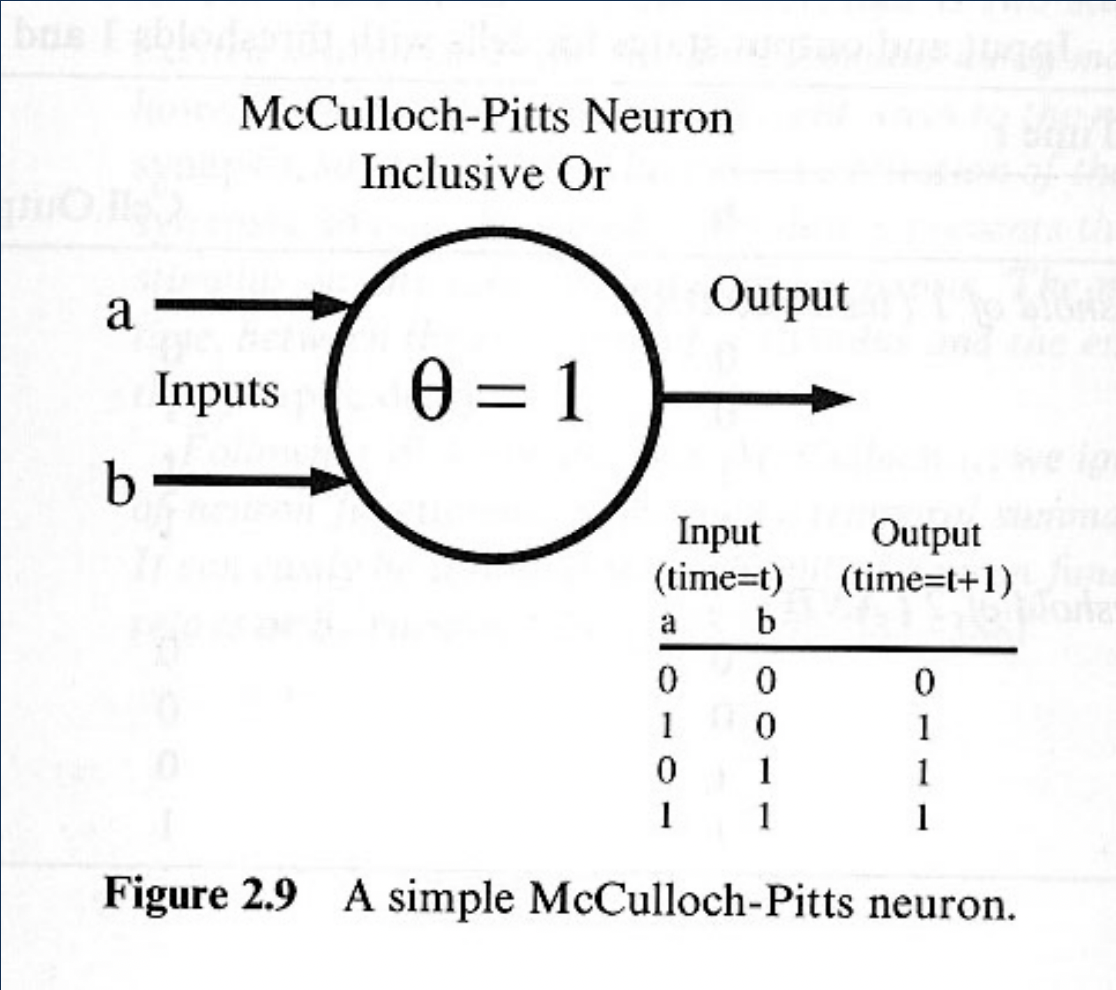
enigma machine
computer during WW2 that the germans used to encrypt messages so americans couldn’t decipher it
results and implications of mcculloch & pitts paper + inclusive or
1) by combining any logical propositions into networks, any finite logical expression can be realized
2) paper had very little effect in neuroscience literature
2) paper had enormous effect in computer science: binary operations, logic gates, computation, etc.
how can neurons be different from each other?
neurons can be different from another either anatomically or physiologically
anatomical differences between neurons
“hardware” of a computer
number of dendrites, spatial reach of dendrites (receptive field), length
physiological differences between neurons
“software” of a computer
physically identical — what can we make analogous to software in a neuron? — CHANGING THE WEIGHTS
synaptic efficacy
how easy is it for input from a dendrite to excite a neuron
w < 1
w > 1
inhibition vs. excitation
mach bands
an visual illusion with perception, physiology, and neural computation
black and white ombre — gets lighter before it gets darker — increases edge detection to better see transitions
horseshoe crab
photoreceptors in the eye that capture light — convolution of all the light from the different photoreceptors in the neurons
convolution
computes weighted sum of inputs
(ex: photoreceptors — take their input of light and add them together)
receptive fields
larger receptive field: all orientations blurred
smaller receptive field: sharper image and better edge detection
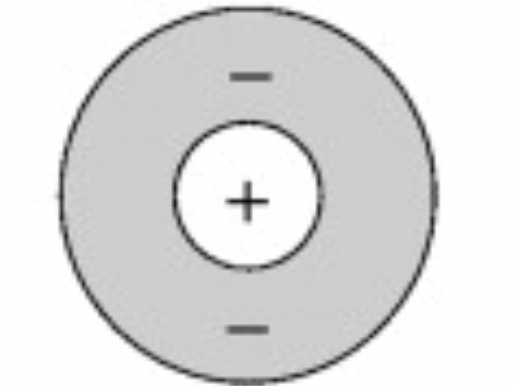
hermann grid illusion
extra foveal representation in the corners

how can a neuron learn?
modification of the synaptic efficacy of dendrites, change in the values of Wi of the model
neurons can change with experience — learning
hebb 1949
take the same route 100 times, a path is created in the grass
a is reliable to firing b, creating a strong connections between the two neurons — a’s efficiency as one of the cells that fires b is increased
perceptron — rosenblatt 1958
first neural network
weighted sum of input — fires or doesn’t fire
neural model: input from retina (light?), output neuron,
“pattern detector”
artificial intelligence
the theory and development of computer systems able to perform tasks that normally require human intelligence, such as visual perception, speech recognition, decision-making, and translation between languages.
neural network
a computer system modeled on the human brain and nervous system
turing machine
-set of instructions — “computer program”
-infinite tape (environment)
-labeled states (where you are on the tape)
-binary code (0,1) - language used to specify everything — programs, data, states, etc.
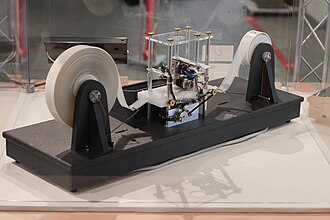
algorithm
a process or set of rules to be followed in calculations or other problem-solving operations
first computers
world war two — enigma machine
when did technological advances start
1969
“turing-like” computers
-programs (python, c, java)
-input (output) from (to) environment (disks, paper, etc)
-labeled states (CPU)
-binary code (on-off electrical pulses)
what was computation limited to?
tasks that can be carried out with step-by-step goal-directed instructions — “computable”
what is uncomputable?
many things humans can do that can’t be translated into computers
human insight (aha moment)
spontaneously gained knowledge
halting problem
determining from a program and input if a program will end or run forever
turing proved that an algorithm can not solve this in the general case
meta-knowledge
knowledge about what you know
(ex: what is the largest shopping mall in russia? — you immediately search your brain without thinking, and can answer immediately that you have no idea)
turing test
can machines think?
3 person test — can a computer successfully imitate a human?
algorithmic-based computation is a subset of human mental computation — limited
ai winter
schank and minsky warned that overenthusiam for AI would lead to disappointment when progress wasn’t made as fast as wanted — projects and funding are abandoned
neural networks inspired by two things:
1) limited knowledge humans have on neurons
2) psychology of learning
associative memory
associate things with good/bad outcomes, effective/ineffective actions
neurocognition / neocognition
inspired by mammalian visual system by fukushima (1979)
focused on: pattern recognition
first convolutional neural network
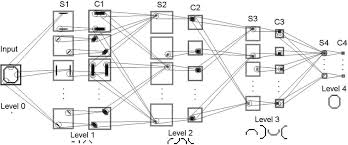
back-propagation
rumelhard, hinton & williams 1986
multiple layers of neurons - “hidden layers”
capable of non-linear classification
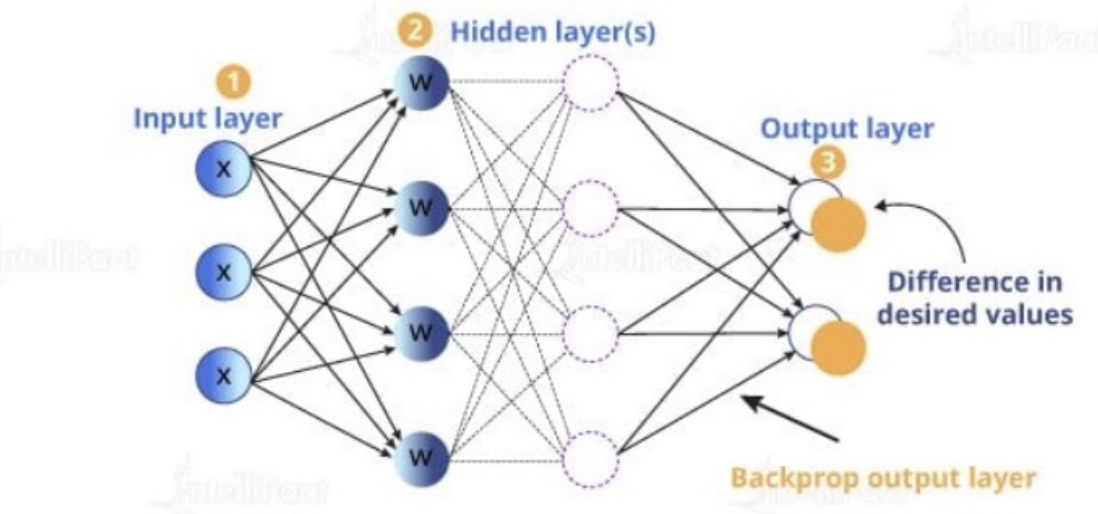
small scale successes 1980-90s
cognitive science applications
-parsing
-grammatical
-story understanding
-(limited) success with real world problems
era of the non-intelligent computer
1990-2012
deep learning revolution
2012-present
long-standing difficult problems in AI solved to a level of accuracy unimaginable just a few years before
deep convolutional neural networks
ability for face recognition, multiple layers of stimulated neurons, “in-the-wild” images
right hemisphere (simplified)
emotional, holistic, intuitive
left hemisphere (simplified)
logical, calculating, linguistic
lateralized brain functions
one hemisphere “controls” task processing — doesn’t necessarily mean the other hemisphere doesn’t do anything
localized brain functions
contiguous portion of the brain controls task
amnesia
selective memory loss
apperceptive agnosia
good vision, no ability to recognize shapes or forms
associative agnosia
good vision, good shape and object recognition
man who mistook wife for a hat
dyscalculia
cannot do simple calculation — left angular gyrus
aphasia
broca — cannot speak (tan) — left frontal
wernickie’s aphasia — can’t understand — left temporal
alexia
cannot read
agraphia
cannot write
prosopagnosia
cannot recognize faces
capgras syndrome
think someone you love has been replaced by an imposter, no other signs of dementiace
cerebral hemispheres
corpus callosum
vision
optic chiasm
audition
subcortical
sensory motor
spinal chord
emotion
anterior commissure
question 1 - split brain patients
visual, verbal, tactile coordination
cup in left hemisphere — cup
cup in right hemisphere — nothing — no perception of visual signalque
question 2 — split brain patient
emotion processing
shown word “devil”
left hemisphere: was word good or bad — says bad — says the word was devil
right hemisphere: was the word good or bad — says bad — doesn’t know what the word was
how do emotional stimuli make it across the hemispheres without corpus callosum
anterior commissure
question 3 — split brain patient
systematic coordination of motor activity
alien hand phenomenon: middle aged woman would try to strangle herself with left hand, right hand would try to fight off left
right hemisphere acts on suicidal tendencies with left hand — right hand (left hemisphere) is not aware of intentions and tries to fight off left hand
question 4 — split brain patient
independent existence
young man — asked what he wants to do with his life. left hemisphere said architect, right hemisphere said race car driver
left hemisphere interpreter
makes sense of data
picture matching task — left hem chicken foot; right hem snow storm
left hand picks shovel for snow storm — matches right hemisphere and vice versa
why did your left hand pick up the shovel? — scoops up chicken foot — makes up answer to make sense of choice
right hemisphere statistician
experiment; light 20% of left, 80% on right
predict location of next light (right/left) — light locations are random but with the 80/20 left to right probability
RESULTS: human distribute responses to match probabilities (push right button 80% of time) — 68% correct — overthinking pattern recgnition
rats maximize odds and push right 100% of the time — 80% correct (goes where food is more probably, doesn’t decide to go somewhere else — takes information at face value)
perception
processes by which physical energy from the environment impinging on senses is converted into electrochemical energy by the sense and processed by the brain for the purpose of effective and adaptive interaction with the world.
steps of percpetions
sense, energy, organ, transduction, brain
intensity of vision (light)
photons / unit area / unit time
wavelength composition
color, hue, spectra
saturation — percentage of white light
retinal image
pattern of light on the retina
-illuminant (light source)
-reflective properties of the object
-viewer position
philosophy of vision
create a 3D map of the world int he brain
vision is for action — navigation, manipulation, exploration
focus in an image
cornea and lens
contrast in an image
pupil — not too much or too little light
light sensitivity in an image
rods and cones
where does light enter in the retina?
ganglion cell layer
dorsal stream / ventral stream
where / what
seeing
surface perception: segment into “figure” and “ground” — a complete 3d representation or map of scene
segment / parse into objects, recognize and identify objects, scene perception (conglomerations of objects, layout)
occlusion
filling in the blanks of an object — sometimes might not even be true
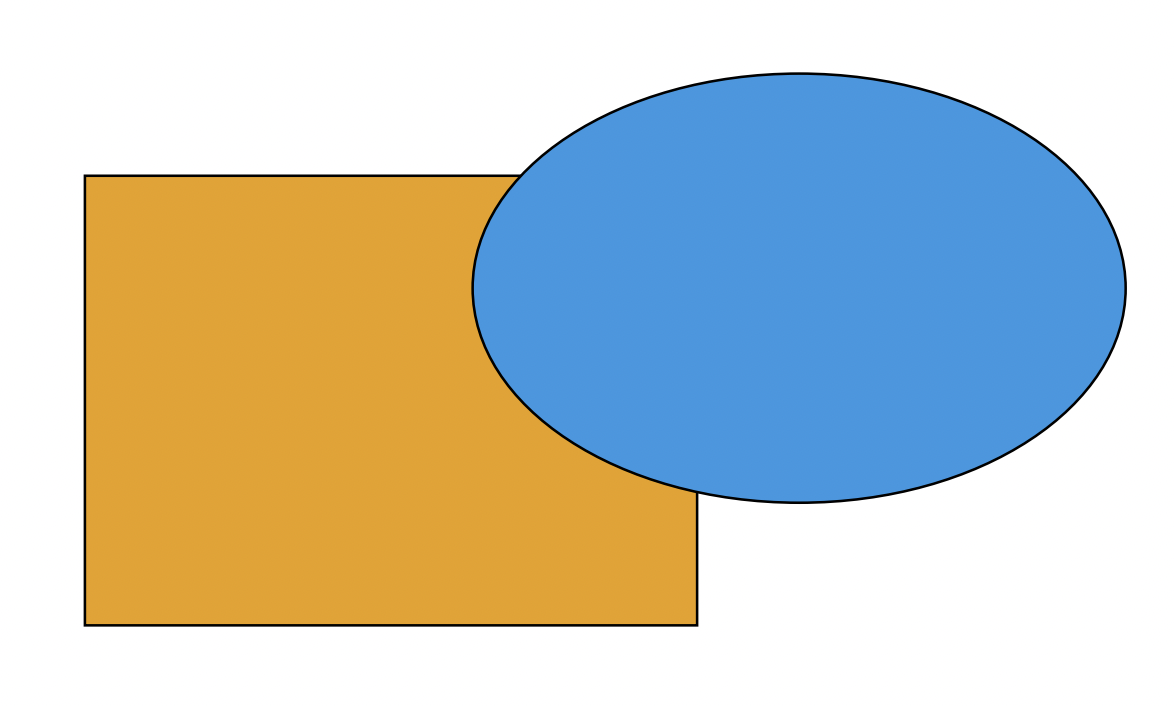
stereopsis
each eye gets a slightly different image — depth perception and disparity
binocular vision
perceiving objects — what are the problems with the direct analysis of shapes?
viewing angle, photometric problems (illumination, shadows, highlights) object setting (isolation, occlusion) rigid or non-rigid
bottom-up (marr 1981) perception to object analysis
starts with raw data and builds around that to create a perception of the object
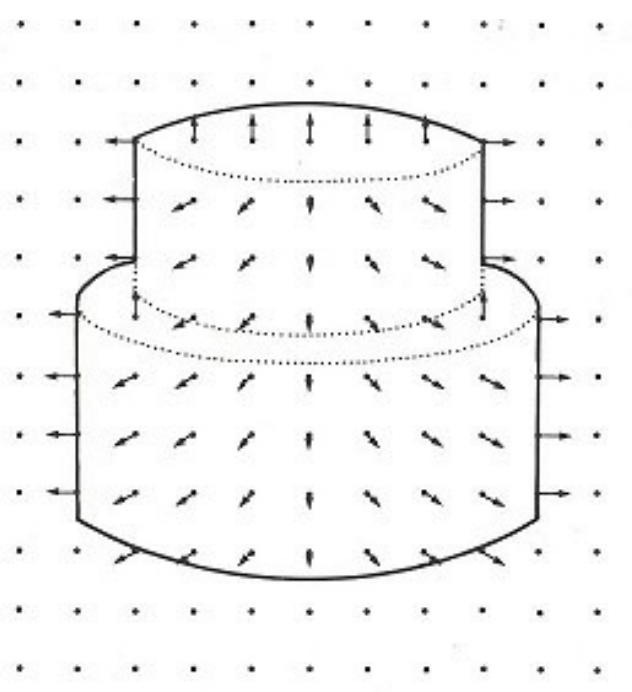
bayesian models
hidden faces in the rocks — top-down processing (pre-existing knowledge and expectations to interpret data)
convolutional neural network
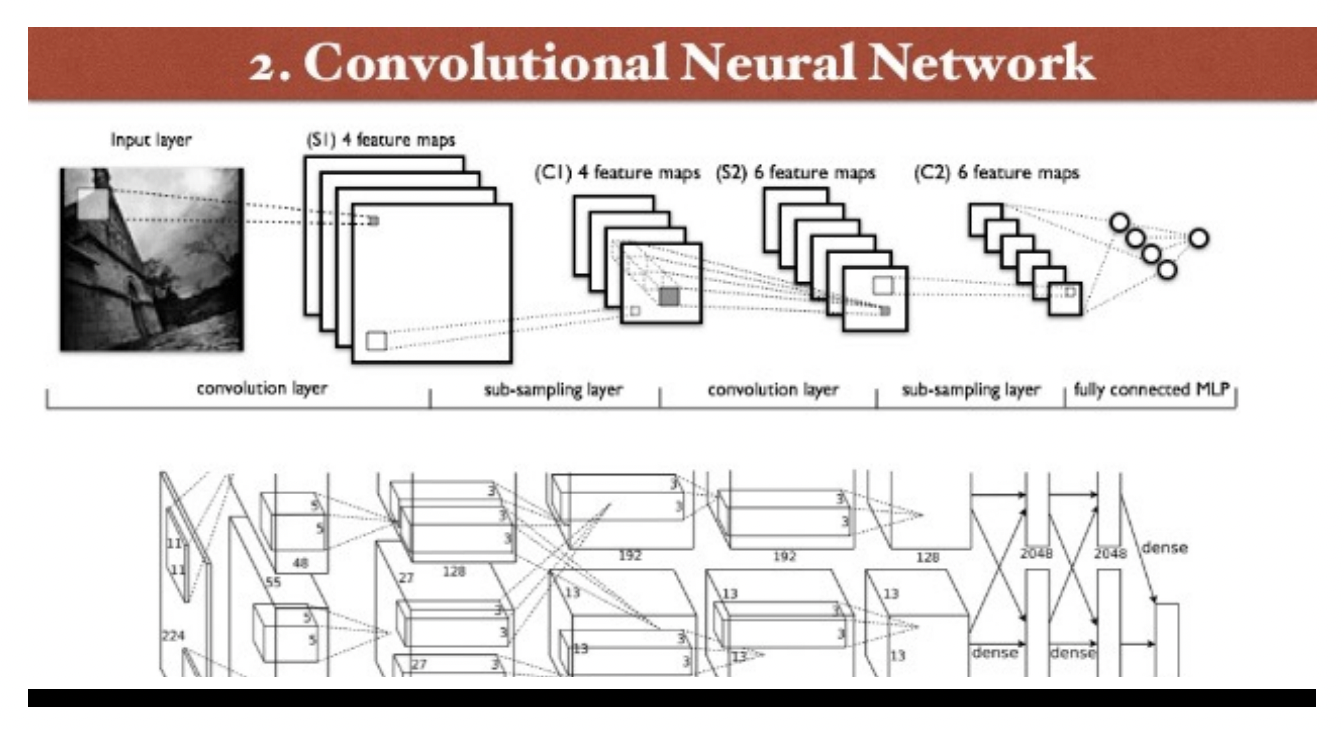
sound
pressure variation in t around the mean atmospheric pressure
how do you make a sound?
vibrations and resonance
frequency
dimension of sound — number of sound waves to pass any point in a second
measured in hertz (Hz)
psychological correlation of frequency
pitch
amplitude
magnitudes of the movements produces
measured in decibels
psychological correlation to amplitude
loudness
timbre
whatever is left after equating pitch and loudness
psychological correlation of timbre
sound quality
fourier spectrum
representation of sound
x axis: frequency
y axis: amplitude
spectogram
representation of sound
y axis: frequency
x axis: time
language comprehension
speech perception
lexical access
sentence processing
discourse processing
psychoacousitcs
auditory processing
speech perception
factors that affect speech processing
linguistics
study of language structure — structure of language human cognition universal traits (what do all languages have?)